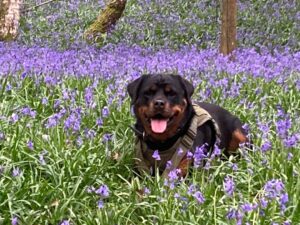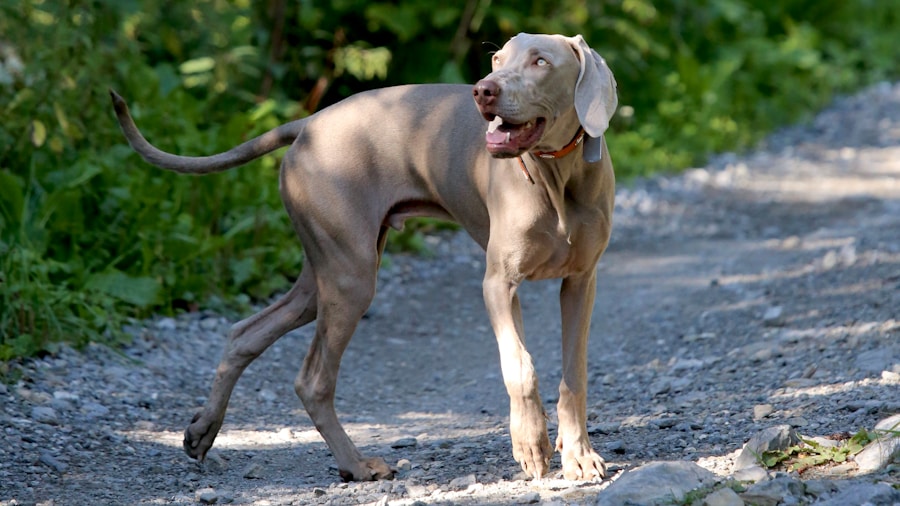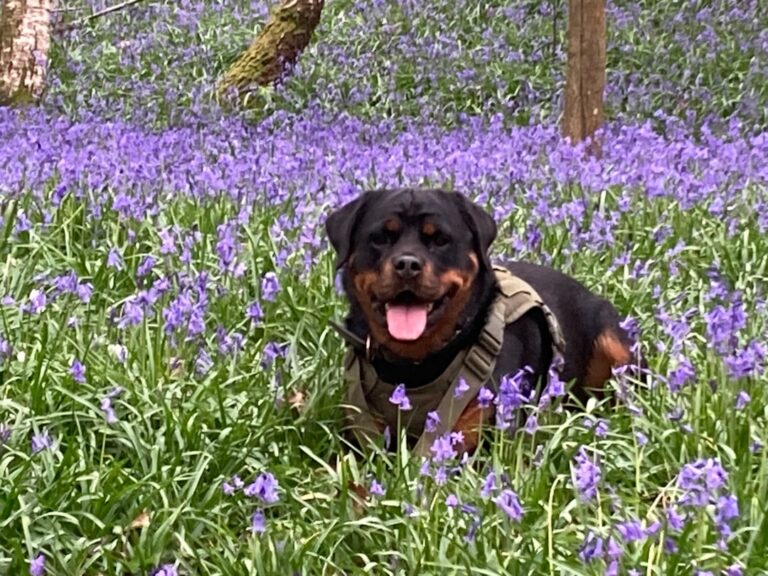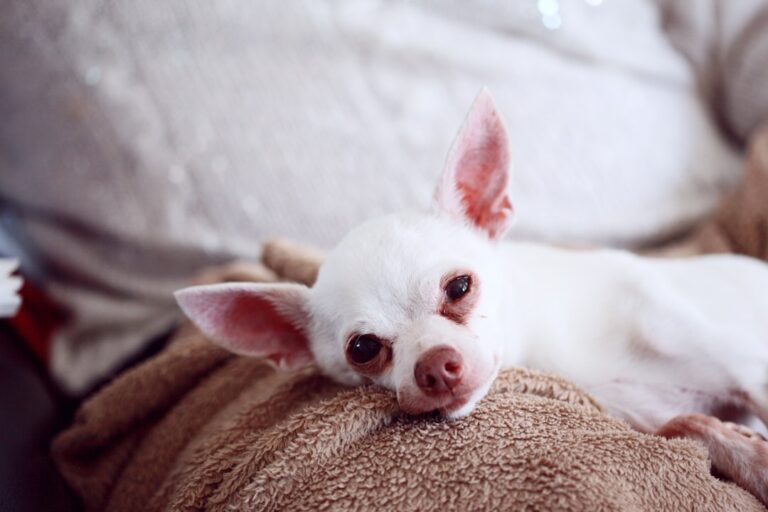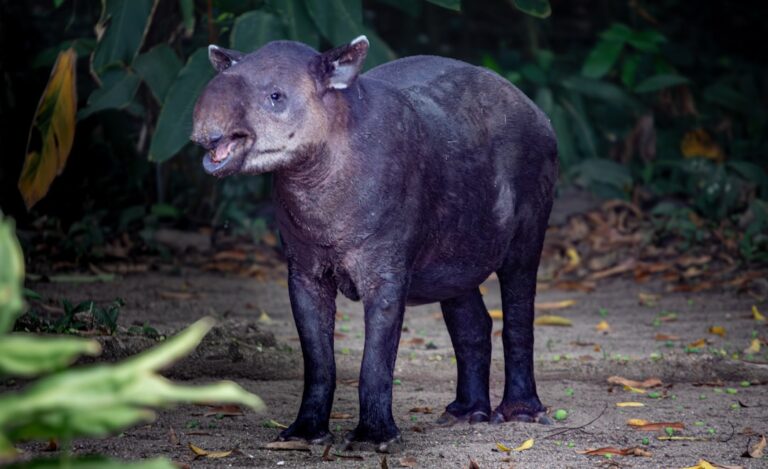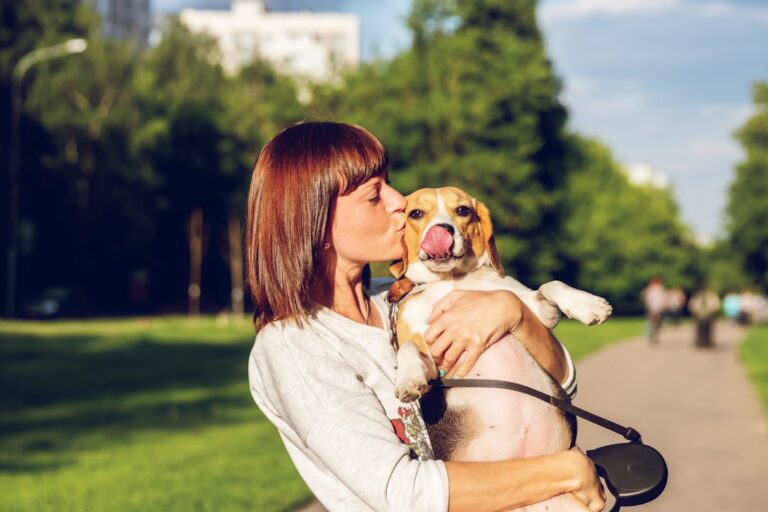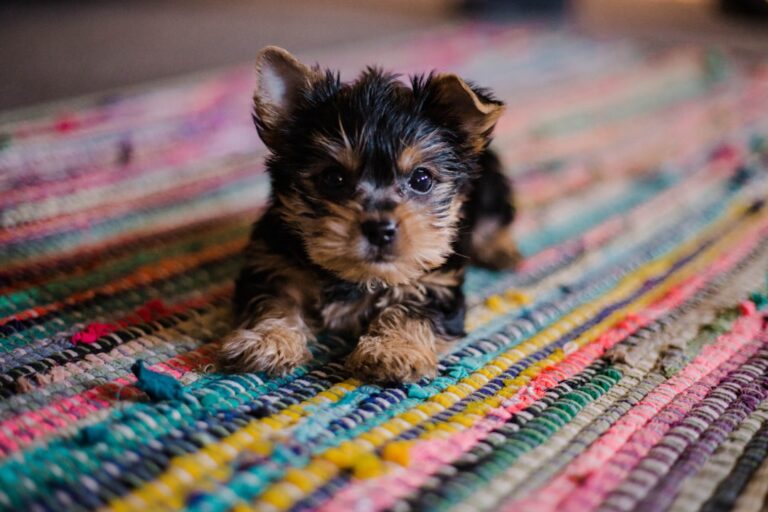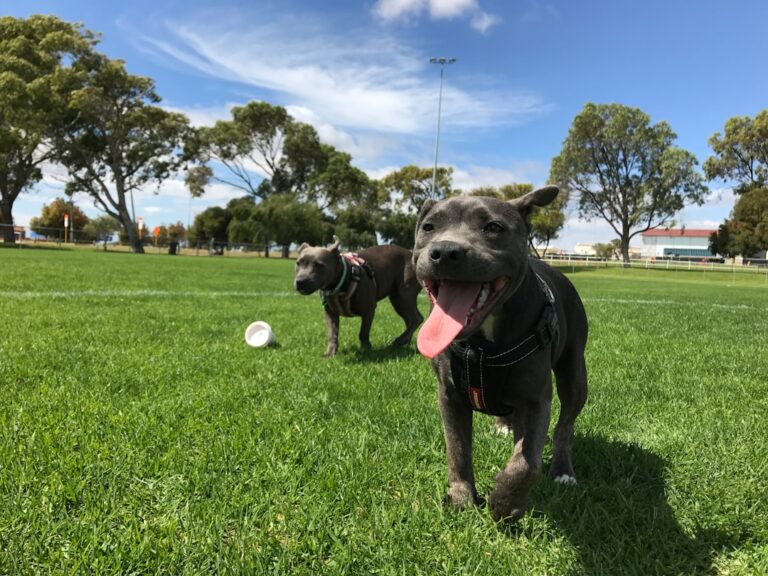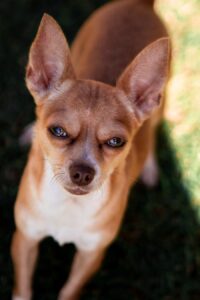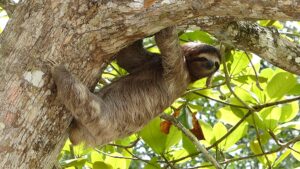Hound dogs represent a diverse and fascinating group within the canine world, known primarily for their exceptional sense of smell and keen hunting instincts. This category of dogs is traditionally divided into two main types: scent hounds and sight hounds. Scent hounds, such as Bloodhounds and Beagles, are renowned for their ability to track scents over long distances, making them invaluable in search and rescue operations as well as in law enforcement.
On the other hand, sight hounds, like Greyhounds and Whippets, rely on their acute vision and speed to chase down prey. This unique combination of traits has made hound breeds not only effective hunters but also beloved companions for many families. The history of hound dogs is rich and varied, with roots tracing back thousands of years.
Ancient civilizations, including the Egyptians and Greeks, utilized these dogs for hunting game and protecting livestock. Over time, selective breeding has enhanced their natural abilities, resulting in the wide array of hound breeds we see today. Each breed has been developed for specific tasks, whether it be tracking, chasing, or retrieving, which has contributed to their distinct characteristics and temperaments.
Understanding the origins and purposes of hound dogs can provide valuable insight into their behavior and needs as pets.
Key Takeaways
- Hound dogs are a diverse group of breeds known for their exceptional sense of smell and hunting abilities.
- Hound dogs are generally loyal, intelligent, and independent, but can also be stubborn and strong-willed.
- Popular hound dog breeds include the Beagle, Bloodhound, Dachshund, and Greyhound, each with their own unique characteristics and traits.
- Hound dogs require regular exercise and mental stimulation to prevent boredom and destructive behavior.
- Grooming and health care for hound dogs varies by breed, but generally require regular brushing, nail trimming, and monitoring for ear infections.
Characteristics and Temperament of Hound Dogs
Hound dogs are characterized by their unique physical attributes and behavioral traits that set them apart from other breeds. Generally, they possess a strong build, long legs, and elongated heads, which are particularly evident in sight hounds. Their keen sense of smell is a hallmark of scent hounds, often accompanied by droopy ears and a more robust body structure.
These physical traits are not merely aesthetic; they serve practical purposes that enhance their hunting capabilities. For instance, the long legs of a Greyhound allow for incredible speed, while the large nostrils of a Bloodhound facilitate superior olfactory abilities. In terms of temperament, hound dogs are often described as independent, intelligent, and sometimes stubborn.
Their strong prey drive can make them less responsive to commands compared to other breeds, as they may become easily distracted by scents or sights that pique their interest. This independence can be both a blessing and a challenge for owners. While it allows hounds to be self-sufficient in the field, it can also lead to difficulties in training if not approached with patience and consistency.
Many hound breeds are known for their friendly disposition, making them excellent companions; however, they may also exhibit a more reserved nature around strangers. Understanding these characteristics is crucial for potential owners to ensure a harmonious relationship with their hound.
Popular Hound Dog Breeds
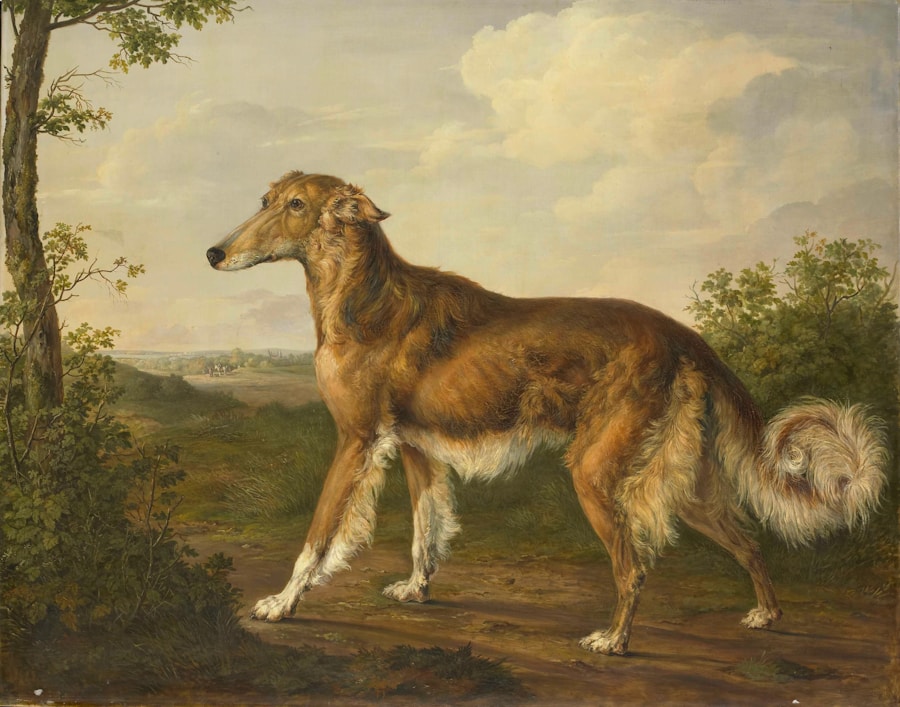
Among the myriad of hound breeds, several stand out due to their popularity and distinctive traits. The Beagle is one of the most recognized scent hounds, celebrated for its friendly demeanor and boundless energy. Beagles are small to medium-sized dogs with a strong sense of smell that makes them excellent at tracking scents.
Their playful nature and sociable personality make them great family pets, although they require regular exercise to keep them mentally stimulated. Another notable breed is the Greyhound, often regarded as the fastest dog in the world. These sight hounds are not only known for their speed but also for their gentle temperament.
Despite their athletic prowess, Greyhounds are surprisingly low-energy indoors and enjoy lounging around the house. Their calm demeanor makes them suitable for various living situations, including apartments, provided they receive adequate exercise outside. The Bloodhound is another iconic breed within the hound category; its incredible sense of smell has made it a favorite among law enforcement agencies for tracking down missing persons or fugitives.
Training and Exercise Needs for Hound Dogs
| Training and Exercise Needs for Hound Dogs | |
|---|---|
| Exercise Requirements | High |
| Training Difficulty | Moderate |
| Exercise Type | Long walks, running, tracking activities |
| Training Needs | Consistent and firm training, socialization |
| Common Behavioral Issues | Barking, digging, chasing small animals |
Training hound dogs can be a rewarding yet challenging endeavor due to their independent nature. Early socialization and obedience training are essential to help them develop good manners and adapt to various environments. Positive reinforcement techniques work best with hounds; rewarding them with treats or praise when they follow commands can encourage desired behaviors.
However, potential owners should be prepared for some resistance during training sessions, as many hounds may prioritize their instincts over commands. Exercise is another critical aspect of hound dog care. These breeds typically require substantial physical activity to maintain their health and happiness.
Daily walks, playtime in a secure yard, or engaging in activities like agility training can help channel their energy positively. Scent hounds may particularly enjoy activities that stimulate their sense of smell, such as scent games or tracking exercises. Sight hounds benefit from opportunities to run freely in safe areas where they can stretch their legs and indulge in their natural speed.
Grooming and Health Care for Hound Dogs
Grooming needs among hound breeds can vary significantly based on their coat type. For instance, short-haired breeds like the Greyhound require minimal grooming—occasional brushing to remove loose hair is usually sufficient. In contrast, breeds with longer or thicker coats, such as the Basset Hound or Afghan Hound, may need more frequent grooming sessions to prevent matting and maintain coat health.
Regular ear cleaning is also essential for many hound breeds due to their floppy ears, which can trap moisture and lead to infections if not properly cared for. Health care is another vital consideration for hound dog owners. Like all breeds, hounds are prone to certain health issues that prospective owners should be aware of.
For example, Greyhounds can be susceptible to bloat—a life-threatening condition that requires immediate veterinary attention—while Bloodhounds may face skin issues due to their loose skin folds. Regular veterinary check-ups are crucial for early detection of potential health problems. Additionally, maintaining a balanced diet tailored to the specific needs of the breed can help prevent obesity and related health issues.
Hound Dogs as Family Pets
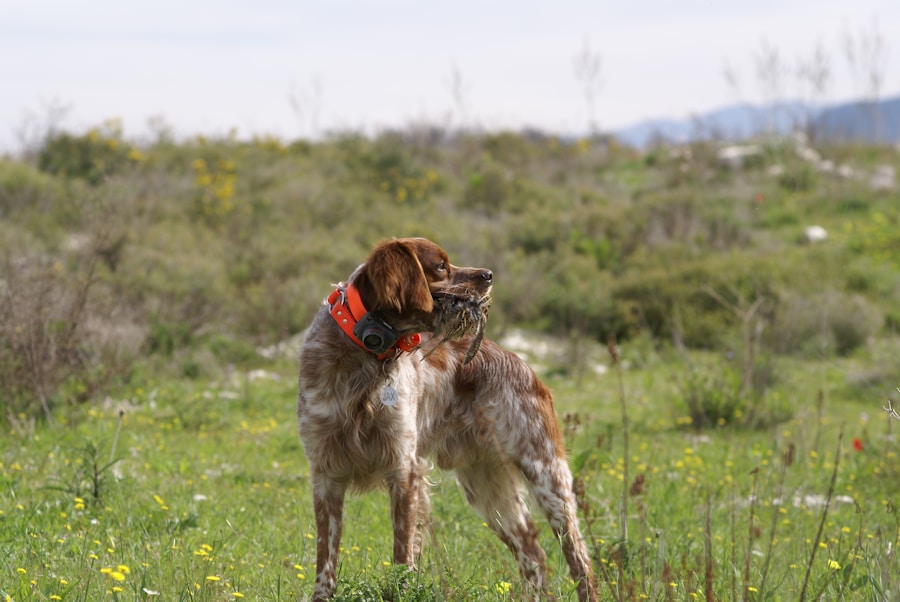
Hound dogs can make wonderful family pets due to their affectionate nature and loyalty. Many breeds within this category are known for being good with children and other pets when properly socialized from an early age. Their playful demeanor often brings joy to households, as they thrive on interaction and companionship.
For families who enjoy outdoor activities such as hiking or running, hounds can be enthusiastic participants due to their high energy levels. However, potential owners should consider the specific needs of each breed before bringing a hound into their home. While many hounds are friendly and sociable, some may exhibit a more reserved temperament or have strong prey drives that could pose challenges in multi-pet households.
It’s essential to assess how well a particular breed fits into your family dynamic and lifestyle before making a commitment.
Hound Dogs in History and Culture
The historical significance of hound dogs is profound; they have played crucial roles in human society for centuries. In ancient Egypt, depictions of hunting dogs can be found in tomb paintings, illustrating their importance in hunting game for sustenance and sport. The Greeks also valued hounds for their hunting prowess; the famous philosopher Aristotle wrote about various breeds in his works on natural history.
In modern culture, hound dogs have maintained a prominent presence in literature and media. The Beagle’s popularity soared with the character Snoopy from Charles Schulz’s “Peanuts” comic strip, while the Bloodhound has been featured in numerous detective stories due to its tracking abilities. Additionally, Greyhounds have gained recognition through dog racing and have become symbols of speed and grace in various contexts.
These cultural representations highlight not only the utility of hound dogs but also their endearing qualities that resonate with people across generations.
Choosing the Right Hound Dog Breed for You
Selecting the right hound dog breed involves careful consideration of various factors including lifestyle, living situation, and personal preferences. Prospective owners should evaluate how much time they can dedicate to training and exercise since many hounds require significant physical activity to thrive. For those living in apartments or smaller homes, breeds like the Basset Hound or Whippet may be more suitable due to their adaptability to smaller spaces compared to larger breeds like the Afghan Hound.
Additionally, understanding each breed’s temperament is crucial in making an informed decision. Families with young children might find Beagles or Coonhounds to be excellent companions due to their friendly nature, while individuals seeking a more independent dog might prefer a Basenji or a Saluki. Researching breed-specific traits and consulting with breeders or rescue organizations can provide valuable insights into which hound breed aligns best with your lifestyle and expectations as a pet owner.



